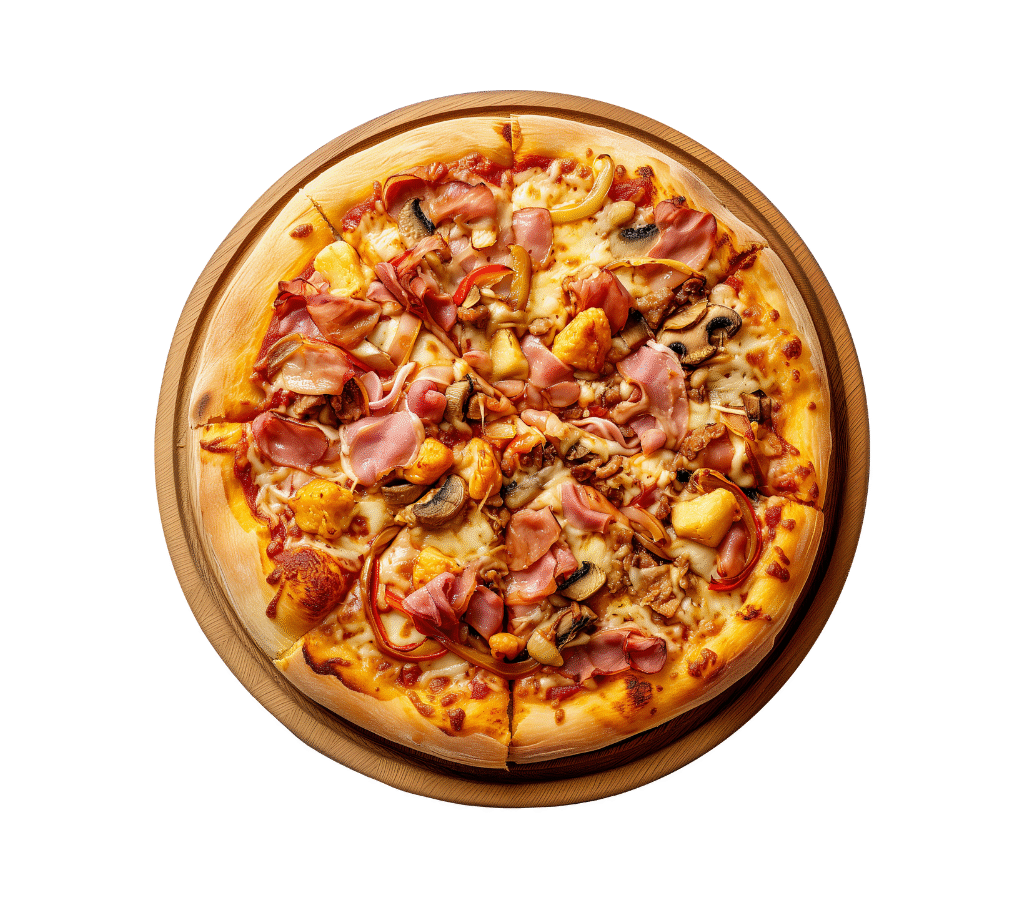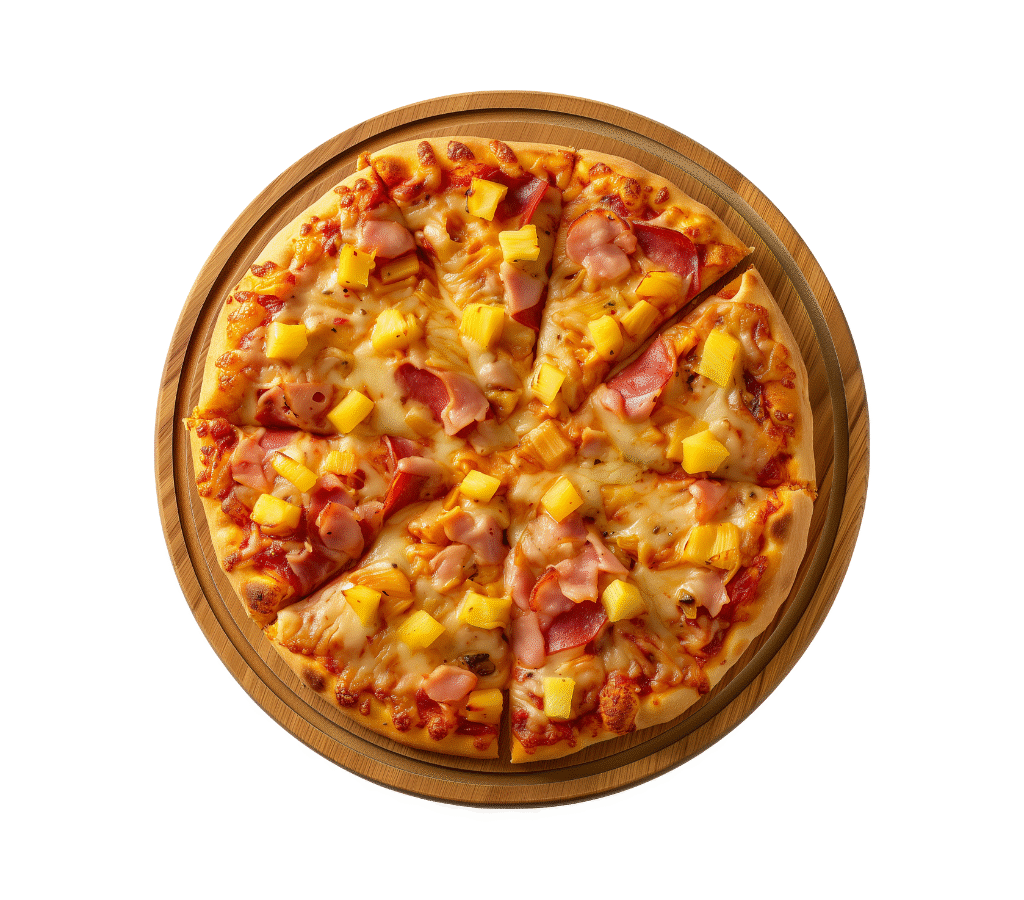Pizza—few dishes in the world have achieved the level of universal love and recognition as this humble yet versatile dish. From the cobbled streets of Naples to the bustling metropolises of New York and Tokyo, pizza has become a global comfort food. But beyond the cheesy topping and crispy crust lies a rich history, a spectrum of regional variations, and a culinary culture that spans centuries.
In this article, we’ll explore the origins of pizza, its evolution through time, the regional and international variations, and why it continues to be one of the most beloved dishes worldwide.
A Slice of History
The roots of pizza trace back to ancient civilizations. Flatbreads with toppings have been consumed for thousands of years. In ancient Egypt, Greece, and Rome, people topped flatbreads with herbs, oil, and sometimes cheese, creating the early ancestors of modern pizza.
However, the pizza we recognize today—made with dough, tomato sauce, and cheese—originated in Naples, Italy, in the late 18th century. At the time, Naples was a bustling port city with a large working-class population. Street vendors and informal restaurants served affordable, easy-to-eat food, and pizza became a popular choice.
The real transformation came with the introduction of the tomato from the Americas in the 16th century. Initially believed to be poisonous in Europe, tomatoes eventually found their way into Neapolitan cuisine. By the 18th century, tomatoes were commonly used in cooking, and the tomato-topped flatbread became the signature style of pizza.
One of the most famous legends in pizza history is the creation of the Margherita pizza. In 1889, Queen Margherita of Savoy visited Naples. To honor her, a local pizzaiolo (pizza maker), Raffaele Esposito, prepared a pizza featuring the colors of the Italian flag: red (tomato), white (mozzarella), and green (basil). The Queen reportedly loved it, and the pizza was named after her.

Pizza Goes Global
Italian immigrants carried pizza with them when they moved to the United States in the late 19th and early 20th centuries. Initially, pizza was mainly found in Italian-American communities, especially in New York City and Chicago. But after World War II, returning American soldiers who had been stationed in Italy brought back a taste for pizza, helping popularize it across the U.S.
The first pizzeria in the United States, Lombardi’s, opened in New York City in 1905 and still operates today. As pizza’s popularity grew, it evolved into different regional styles, each with its unique twist on the original.
By the mid-20th century, pizza was no longer just an ethnic food—it was mainstream. With the advent of fast food chains in the 1950s and 60s, pizza became widely accessible and commercialized. Today, global pizza chains like Domino’s, Pizza Hut, and Papa John’s serve millions of customers daily across continents.

Regional Styles of Pizza
As pizza spread across the globe, different cultures put their spin on it, resulting in a variety of styles and flavors. Here are some of the most notable:
1. Neapolitan Pizza (Italy)
The original and perhaps the purest form, Neapolitan pizza features a soft, chewy, and slightly charred crust from a wood-fired oven. It’s typically topped with simple, fresh ingredients like San Marzano tomatoes, mozzarella di bufala, and basil. Strict guidelines even govern what qualifies as a true Neapolitan pizza, upheld by organizations like the Associazione Verace Pizza Napoletana.
2. New York-Style Pizza (USA)
Known for its large, thin, foldable slices, New York-style pizza has a crispy crust and is often sold by the slice. It uses a high-gluten flour dough and is typically topped with tomato sauce and shredded mozzarella cheese. Common toppings include pepperoni, sausage, mushrooms, and onions.
3. Chicago Deep-Dish Pizza (USA)
This style resembles more of a savory pie than a traditional pizza. Baked in a deep pan, it has a thick crust with high edges and is filled with layers of cheese, toppings, and chunky tomato sauce. Rich and hearty, it’s a meal in itself.
4. Sicilian Pizza (Italy/USA)
Sicilian pizza is square or rectangular with a thick, airy crust. In Sicily, it’s called sfincione and is topped with tomato sauce, onions, herbs, and anchovies. In the U.S., it’s often served with mozzarella and other toppings similar to traditional pizza.
5. Detroit-Style Pizza (USA)
Originating in the Motor City, Detroit-style pizza is baked in rectangular pans, resulting in a thick, crispy, and chewy crust. Cheese is spread to the very edge, creating caramelized edges, and the sauce is often ladled on top after baking.
6. Japanese Pizza
Japan has embraced pizza with unique toppings such as squid, teriyaki chicken, mayonnaise, and even corn and seaweed. While Western styles are popular, local preferences have shaped a truly distinct pizza culture.
7. Indian Pizza

Indian pizzerias often incorporate local spices and ingredients. Common toppings include paneer, tandoori chicken, tikka masala, and spicy chutneys. The crust might be thin or thick, but the flavor is unmistakably Indian.
Pizza Culture and Innovation
Pizza’s popularity is not just due to its taste but also its incredible adaptability. It can be vegetarian or meat-loaded, gluten-free or whole wheat, dairy-rich or vegan. It can be fine-dining or fast food, traditional or experimental.
In recent years, there’s been a surge in artisan and gourmet pizzas, with chefs using high-quality ingredients and traditional techniques. Wood-fired ovens, hand-stretched dough, and locally sourced toppings have become hallmarks of high-end pizzerias.
Meanwhile, frozen and delivery pizza has also evolved, with companies using advanced freezing techniques to retain freshness and flavor. Delivery apps have made ordering a hot pizza as simple as a few taps on a phone.
Additionally, health-conscious pizza is on the rise. Cauliflower crusts, plant-based cheeses, and low-carb options cater to those looking for healthier alternatives without giving up their favorite food.
Read also : how to make khaman dhokhla ?
Why Do We Love Pizza?
What is it about pizza that makes it universally loved?
- Flavor Harmony: Pizza hits all the right notes—savory, salty, sometimes sweet, and often umami. The combination of cheese, sauce, and crust creates a balanced and satisfying flavor profile.
- Customizability: Pizza is a blank canvas. Whether you’re vegan, meat-loving, gluten-intolerant, or keto, there’s a pizza for you.
- Affordability and Accessibility: Pizza is often inexpensive, quick to make, and available everywhere—from local shops to international chains.
- Social Appeal: Pizza is inherently shareable. It’s the go-to food for parties, gatherings, and late-night cravings. Few foods bring people together like a hot pizza.
- Nostalgia: For many, pizza is tied to memories—birthday parties, sleepovers, Friday nights with family. It’s comfort food in the truest sense.
Conclusion
Pizza is more than just food—it’s a cultural phenomenon. Its journey from the streets of Naples to dinner tables and street corners around the world speaks to its universal appeal. Whether you prefer the traditional simplicity of a Margherita or the indulgent layers of a Chicago deep dish, pizza offers something for everyone.
As culinary tastes evolve and global cultures intertwine, pizza continues to reinvent itself without ever losing its soul. In every slice lies a bit of history, a dash of innovation, and a whole lot of love.
